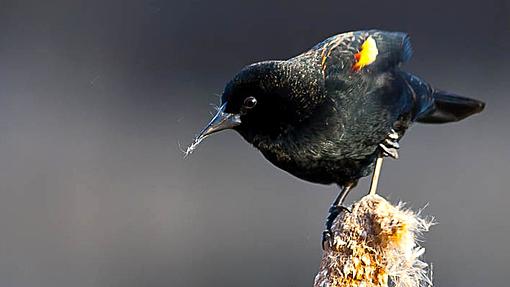Scientists sequenced and recorded the genome as a genetic component or "Code of Life" - of species from almost every branch of the bird family tree.The 363 genomes with 267 sequences for the first time have been listed in the journal Nature.It's a show that now accounts for more than 92% of bird families worldwide.This revealed the code of things. "Darwin was amazed and wrote about, Smithsonian Dr. Michael Braun told BBC News.
From fierce feathers of สล็อตออนไลน์ different colors, body sizes from giant ostriches to small warblers, and raptors' flight speeds of up to 300 km / h [186.4 mph], it was cheap. Encoded in the genome And this success, he added, "It's just the beginning"The project aims to integrate genomes from all living bird species, the Smithsonian Institution in Washington, D.C., who is a key contributor to the mass sample collection, said this would be a "boon". "Advanced research into avian evolution and aid in the conservation of threatened bird species
The sequence list so far includes rare species such as Henderson Craig, who only lives on a small Pacific island.But Dr. Braun said it was a humble chicken that was A "simulated species" for the study of avian evolutionary examples, including the giant flightless ostrich evolution.We have been studying extensively limb development in chickens, ”he said.And we can apply that to this group of birds called rattites - birds like the ostrich and the emu.With the evolution of flight there hasn't been a lot of change in the anatomy of the limbs - short wings, the flying feathers become useless, the legs grow and lose their toes because they run instead of sticking.
With these resources you have details - code - how it happened.Dr Alexander Lees, a conservation biologist at the University of Manchester, called the catalog. "Gold Mine"It helps to take a closer look at the tree, the bird of life, going back to the profound times that might shut the door of a long-standing argument between evolutionary biologists about" who is who, "he said.And new information on more than 60 threatened species around the world will be "an essential toolkit for conservation geneticists".This is information that may prove to be important in reducing the long-term extinction risk for organisms currently of small population sizes," added Dr Lees.




 LinkBack URL
LinkBack URL About LinkBacks
About LinkBacks

 Reply With Quote
Reply With Quote